Copyright causes issues for artists and listeners alike. For an artist, the process of protecting your work can be long and expensive. Listeners using music for promotional videos, for example, can see your video be taken down. Nonetheless, the public domain is here to cut those corners and give access to free-to-use music. Here we will discuss what is public domain is and everything about the music you can find there.
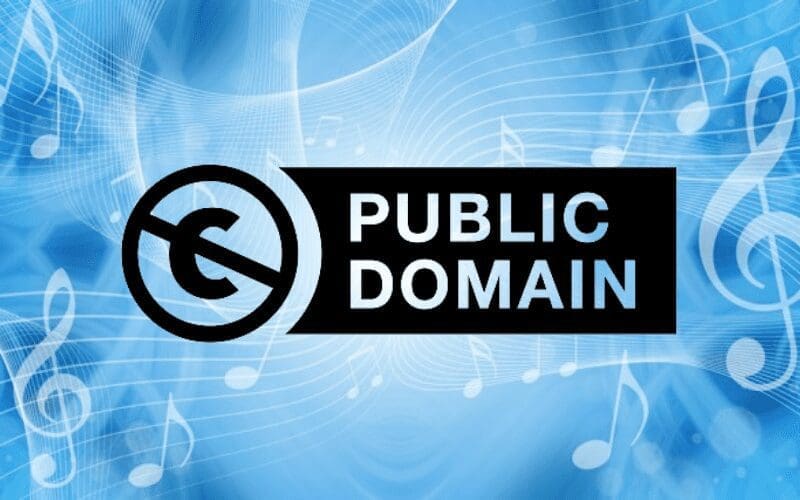
Copyright is, of course, here to protect artists and their music. The process of getting your music copyrighted, however, can be less than joyful. The public domain serves as a way to get around this and push your music into the public eye. We’ve all heard of it, but are unlikely to truly know what it is and how to use it.
This article will help you understand the basic concept of what the public domain is. We’ll take a look at how music enters it, how it is different from a Creative Commons license, the pros, and cons of the public domain, and everything else you could need to know.
What Is Public Domain Music?
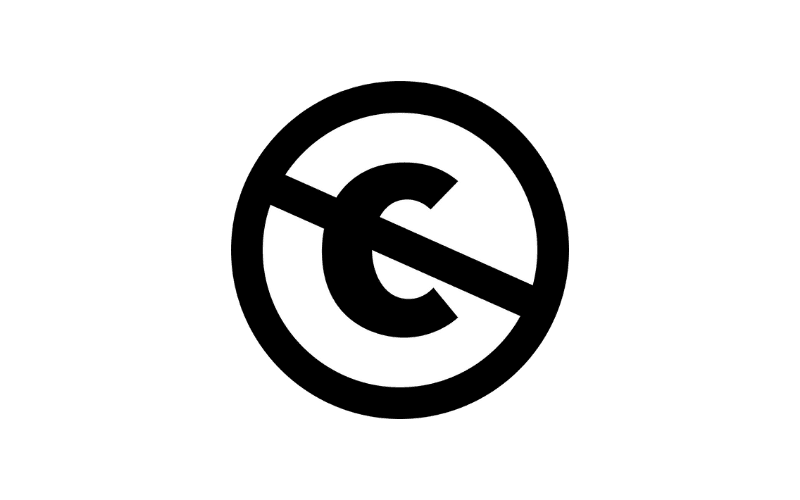
Public domain refers to all music that is not protected by copyright and can be used for any reason without permission.
On the surface, it can sound complicated, but fundamentally, that is what the public domain refers to. Music in the public domain can be copied, distributed, adapted, and performed for free without permission. This sidesteps the copyright process which can present itself as a creative block. This provides access to a wealth of free music to anyone wanting to use it.
But what is the meaning of public domain music? Music that is not owned should still be accessible. Without the public domain, this music would be lost.
How Does Music Enter The Public Domain?
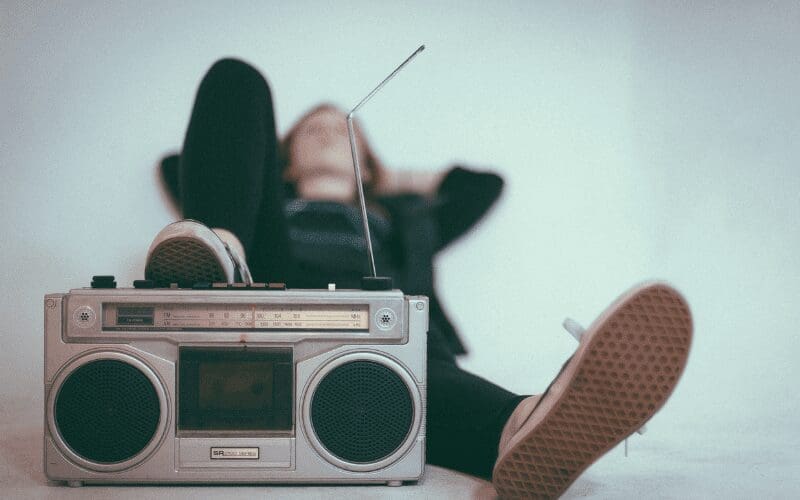
Music is defined as intellectual property. This means you have the right to copyright that work as it is a result of your creativity. You have the right to own your music – this is hugely beneficial to artists.
To get paid, an artist must copyright their work ensuring it is protected from being freely used. So, how does music enter the public domain if this doesn’t benefit the artists?
As we mentioned, copyright is designed to protect an artist’s music. Music, however, has been around a lot longer than copyright has. Any music made before the use of copyright is part of the public domain. This immediately provides a vast amount of tracks that are free to use. Copyright also has an expiration. After the original owner/author passes away, the copyright expires usually 50-70 years after their death.
Alone, these two factors mean there is a huge amount of public domain music available to use. Moreover, some artists purely seek the creative process and have no desire to profit from their work. Their only wish is to have their music shared with the world. Surely, they would make their music part of the public domain to do this? We’re afraid it’s not quite that simple.
The Creative Commons Licenses
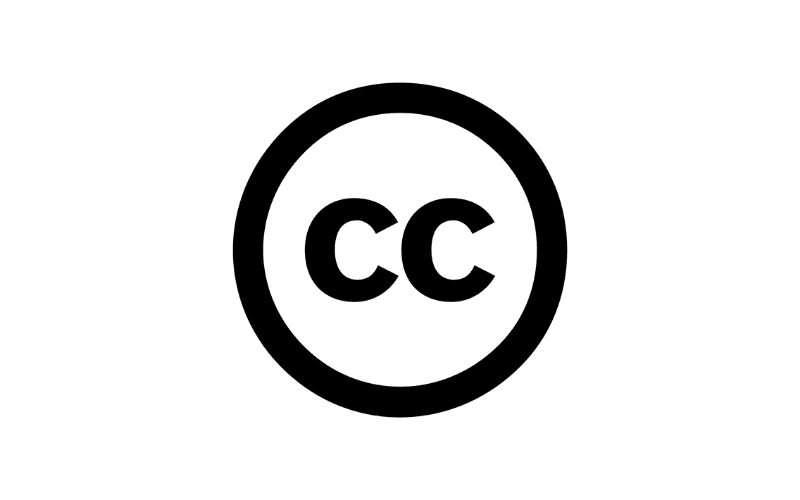
Everything so far has been relatively simple. However, the Creative Commons Licenses throw a spanner in the works.
You would assume artists wishing to share their music with the world for free would make it part of the public domain. This is not the case, as artists wishing to share their music for free will need to seek out a Creative Commons License. Even then, however, the music is not always free to use.
To make things even more confusing, there are 7 different types of Creative Commons licenses. Depending on which the music is subject to will determine how someone can use it for free. A Creative Common Zero license is the only one that gives you as much freedom as the public domain. Under this license, you can use the music for free in any way you see fit without permission. If the music was subject to any of the other 6, this would not be the case.
This means people using music that is part of a Creative Commons license need to be cautious. You cannot simply use the music however you want. It is essential to determine which license that music is under and thus, how it can be used.
The Pros & Cons

The public domain is sounding like the holy grail of free music by now. On the surface, it can seem like the perfect access to creative work, however, there are downsides.
It is important to be up to date with public domain information to ensure you’re fully covered. With that being said, let’s go over the pros and cons.
Pros
First, let’s go through the pros of public domain music, starting with the fact that it’s free!
Free
The main advantage of public domain music is that it is free. Whatever your reasons for using it, there is no cost. In a world where everything costs, this is an amazing tool.
Because of the cost of streaming sites and song downloads, some people have limited access to music due to their financial situation. As much as artists getting paid is extremely important, access to music for all people should be fundamental.
Provides Music Resource
Music is used for everything. Film, TV, adverts, promotional videos, there are little aspects of life that don’t involve music. Marketing is no exception. Finding music to use for these purposes can be laborious and very expensive. The public domain provides a means to skip this.
You can use all public domain music for any marketing purpose whatsoever. This is an amazing resource in the modern world of social media. Sharing music on your Instagram videos that you don’t have the right to, for example, will result in the video being taken down. The digital world is very good at finding people using work that they don’t own.
Public domain music avoids all these issues. Whether you’re a huge corporation or a small-scale influencer, the public domain provides you with a wealth of usable music.
Can Be Adapted
An artist does not always want to compose an original piece of work. The process involved with creating music is long and sometimes can take its toll. Many choose to remix, edit or sample previous works, adapting them into their own music. To access that music in the first place will require acquiring the rights. That is unless you access public domain music. As this music can be adapted in any way, artists can alter the song however they like.
Cons
There are, like anything, disadvantages to public domain music. We go over these below.
Old Music
As we previously mentioned, a lot of public domain music is available because its copyright has expired or was composed before the conception of copyright. This has resulted in a large amount of public domain music being old.
Especially for marketing purposes, this can present an issue with the public domain. Say you’re creating an advert for the company you work for: you have the visuals ready and just need to source the audio. With no need to buy music rights, it can seem like a no-brainer to use public domain music. However, in reality, the majority of the music you come across sounds like one of the lost records your grandma had.
The nature of the public domain means the vast majority of music available through it is old. The reasons behind its benefits are also its limiting factors.
Modern Recordings
There are some less obvious aspects of the public domain that are important to be aware of. Because an original piece of music or sheet music is accessible in the public domain, this does not mean any adaptations or recordings of the music since then are also free to use.
There might be sheet music available from a certain composer, but recordings might not be available due to when the composer was around. You can use this sheet music however you see fit. You can take that music and perform it. However, your recording of that music must then be copyrighted or be subject to the Creative Commons license. As a result of this, just because sheet music or original music is available through the public domain, it does not mean any recordings or adaptations of that music are also free to use.
This has caused some issues for people in the past. You would be forgiven for assuming you could freely use a recording of music that was originally part of the public domain.
Mislabelling
Some music is labeled as public when it is not. This can result in issues when using music for your own purposes. It is your responsibility to check music is part of the public domain even if it is labelled as so. Not checking this can result in hefty copyright fines.
You need to download the music and play it through your own music player to determine this.
Is Public Domain Music Free?
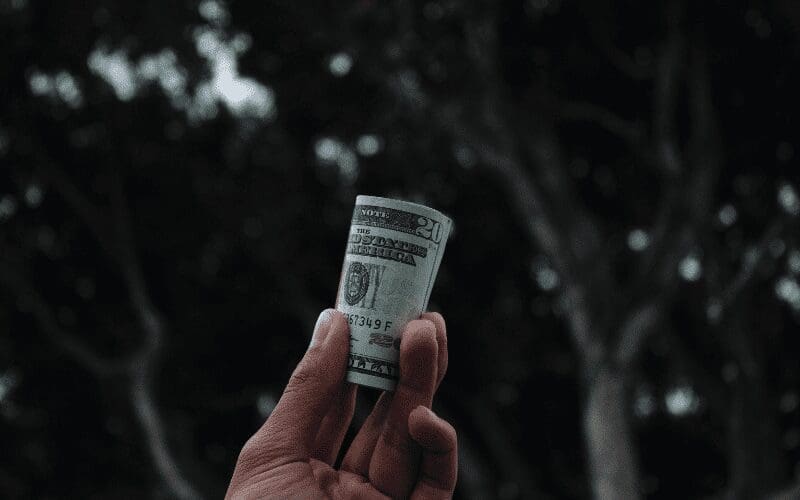
Mostly, yes. Music not owned by anyone is free to use.
We’ve already mentioned that recordings of music available as part of the public domain are subject to copyright. This can result in websites providing public domain music charging for it.
Because music before copyright is automatically part of the public domain, there is a huge amount of sheet music available on it. Although, unless you are a composer, sheet music is useless to you. Because of this, composers have access to a wide variety of already composed music. All they have to do is play and record it. This is why sites charge for public domain music. They are charging for the recording of public domain music rather than the actual composition of the music.
How Do I Know If My Song Qualifies As A Public Domain?
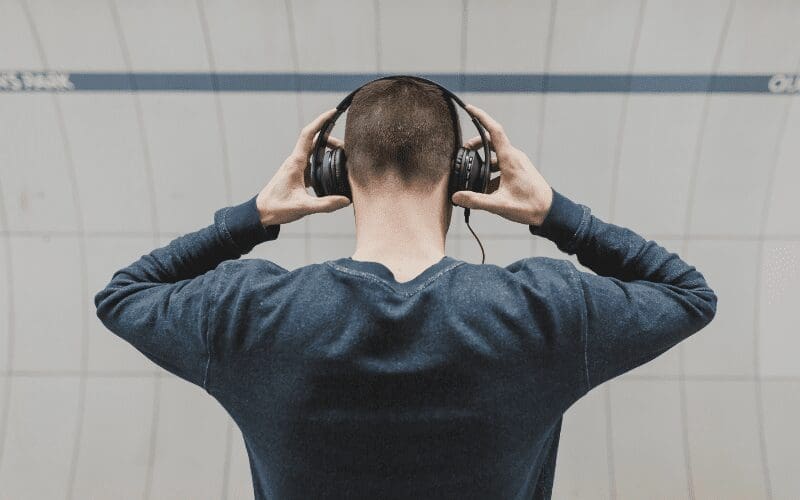
With what we’ve said so far, it’s clear you have to be cautious when accessing free music. The last thing you want is to be fined copyright fees when you were oblivious to them. So, how do you check if music is truly part of the public domain?
It’s very simple. If a song was made before the introduction of copyright or its copyright license has expired, it is part of the public domain. For the former, check if the music was recorded before copyright. For the latter, if the artist has passed away, check how long their copyright lasts after their death. If the song meets either of these requirements, it is part of the public domain.
Where To Find Free Public Domain Music
There is no shortage of sites available for accessing public domain music. Different websites offer different degrees of royalty free music.
Some technically offer music not part of the public domain, but you can guarantee it is royalty-free. You just need to ensure you understand the creative use of music a website allows. What public domain site you use depends on your needs for the music.
Мusic Gateway
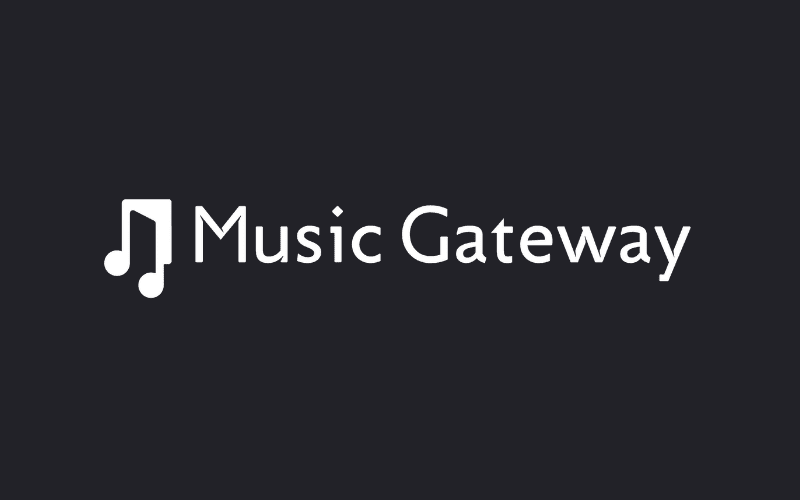
Мusic Gateway is a great source of royalty-free music and sync licensing. The music is not necessarily free to buy but is perfect for use in advertising for example.
Their royalty-free music requires one upfront payment. After that, you can use the music however you like, as many times as you like. Unlike other licenses, royalties do not need to be paid after the purchase.
There is a huge benefit of Мusic Gateway to finding music in the public domain. The public domain is limited to music that is not owned by anyone. This massively limits what music is available to you. Мusic Gateway, however, provides new and modern music that is royalty-free. You have much greater freedom over the style and quality of music you want to source.
FreeDP
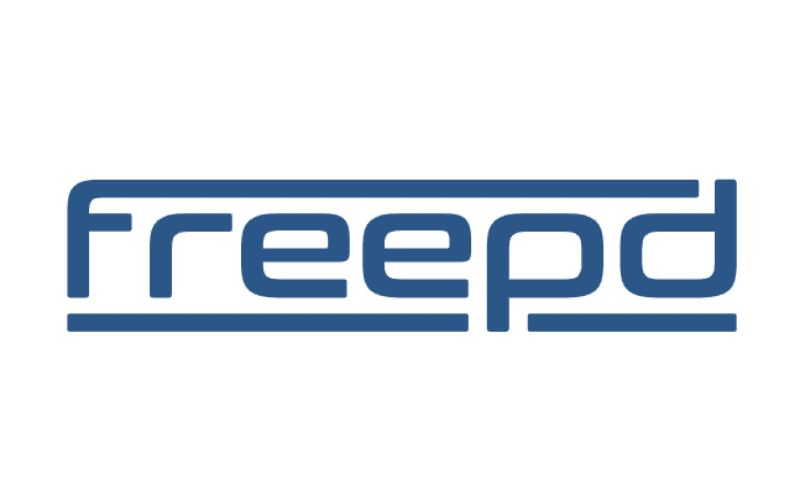
FreeDP provides free music that can be used in any desired way. You can use the songs for advertising and independent projects – however best suits you.
All the music is part of the Creative Commons 1.0 Universal License which means it’s free to use in any way.
Free Music Public Domain
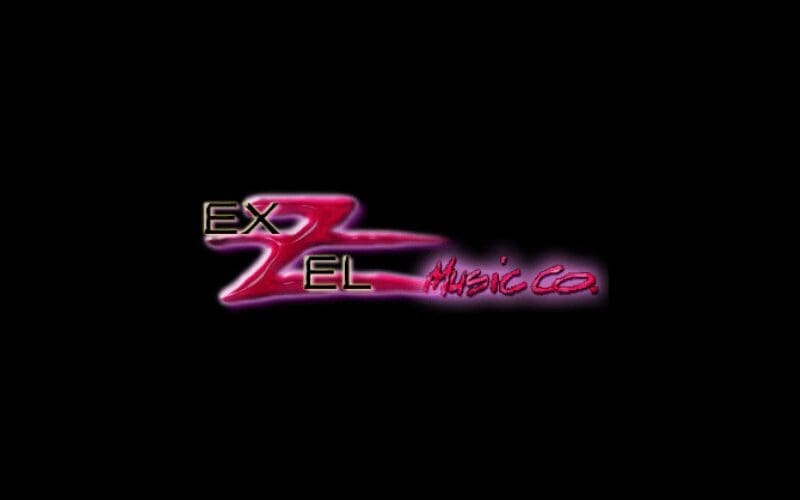
This is a great site for accessing royalty-free music for any video and audio projects.
You can include the music on a YouTube video, for example, and don’t have to worry about copyright. You simply search a category, select a song and download it.
Our Final Thoughts
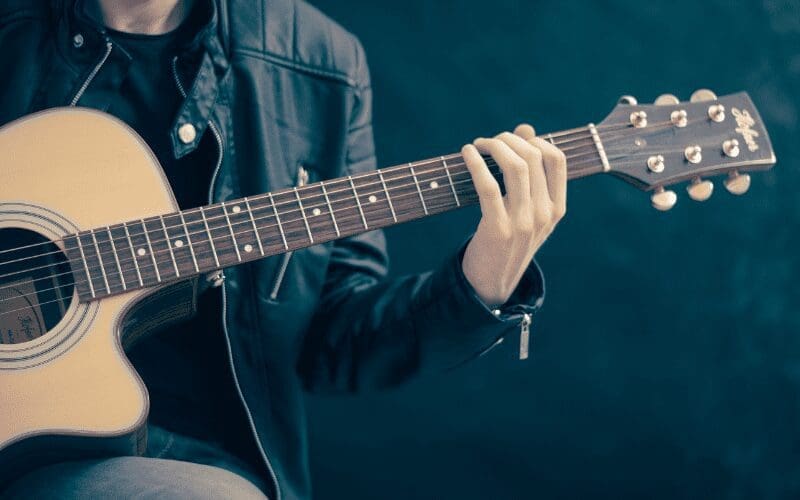
At first, a public domain can sound complicated and hard to access. With a little knowledge, however, it can be an extremely useful public resource to use.
Many of us question what is public domain music, but our thought process ends there. We hope after reading this you’re feeling more familiar with the concept and comfortable accessing this music yourself. Whatever the purpose, royalty-free music is a valuable resource. With music being featured in so many aspects of our lives, having available music to use that won’t result in you being fined is an amazing resource.
Get free music distribution and find opportunities to get your music in film, TV, and more through sync licensing. You can also book a call with our head of licensing here as well as find out more about our music licensing opportunity. Finally, you can amplify your music to those who need to hear it with music marketing, music promotion, and our professional sharing tool.
These topics are often ones we hear about but don’t delve deep into. If you want to read some similar interesting music industry guides, our Music Royalties Guide, How To Start Your Own Music Distribution Company guide, and our review on the Best Music Distribution Services 2021 are all great sources of useful information.










